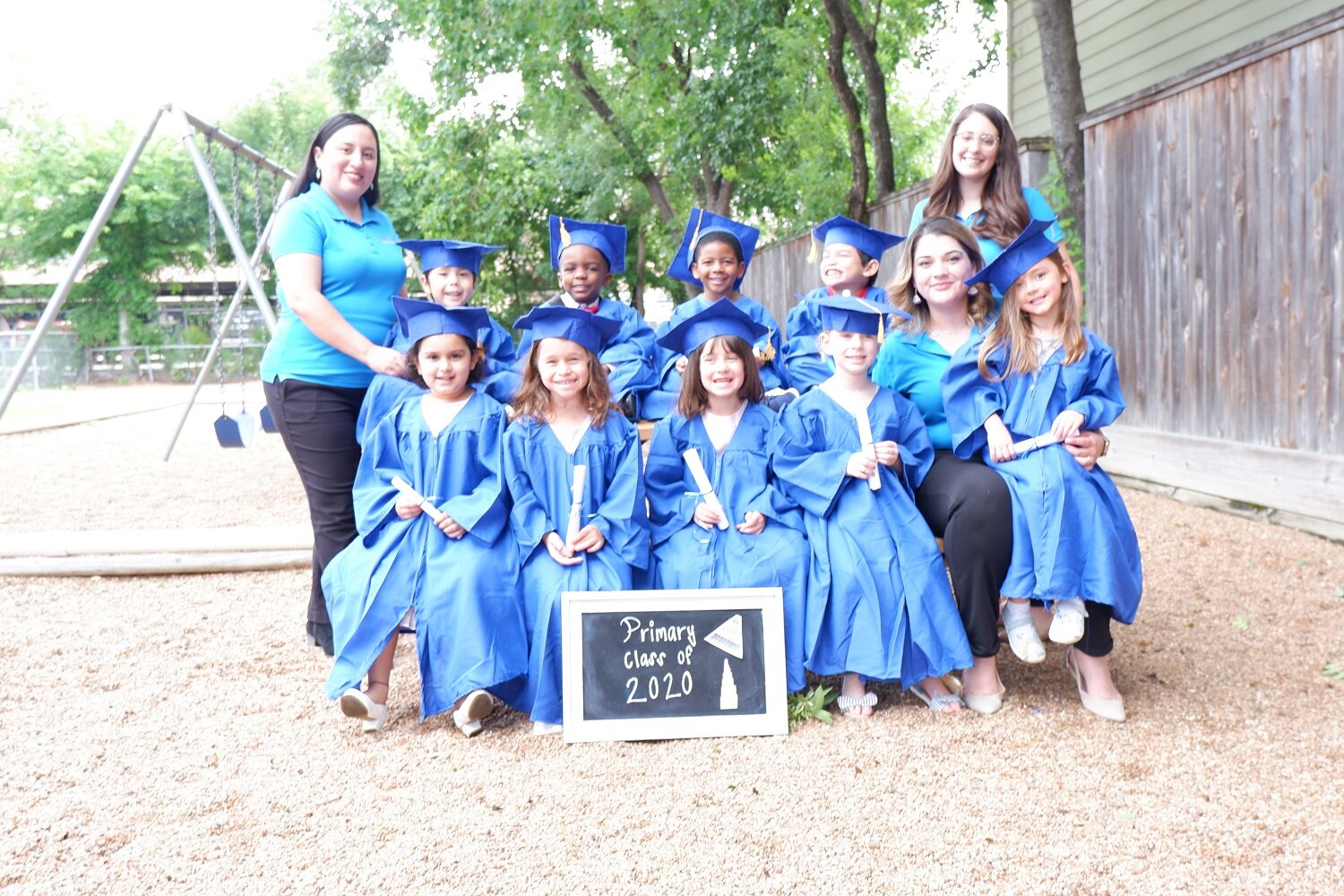🧠 Creativity Compass Award – November Winner!
/🌾 From Kernels to Creativity: Exploring the Harvest Season at Mariner Montessori
November at Mariner Montessori Galleria was filled with curiosity, collaboration, and hands-on discovery as our students explored the harvest season and the story of the First Thanksgiving. Through thoughtfully designed activities, children connected history, culture, science, and creativity in ways that were meaningful, joyful, and developmentally rich.
This month’s work is a beautiful example of what we call our Mariner DNA — learning through experience, creativity, and innovative thinking.
🎨 Harvest Corn Mosaic: Art with Purpose
Our Primary students began their harvest exploration with a corn mosaic art project, using small pieces of colored paper to create textured, vibrant corn designs. This activity strengthened fine motor skills, encouraged focus and patience, and allowed children to express creativity through color and design.
As they worked, students explored themes of harvest, food origins, and seasonal change — transforming art time into a multi-sensory learning experience.
🌽 Beaded Corn: Fine Motor Skills in Action
The learning continued with a beaded corn activity, where children threaded beads onto pipe cleaners to form colorful ears of corn. This hands-on work supported hand-eye coordination, concentration, and sequencing, while also giving students the freedom to create patterns and make individual design choices.
Simple materials became powerful learning tools — building confidence, independence, and joy in the process.
🍬 Candy Corn Stacking Challenge: Learning Through Play
To add a playful twist, students participated in a Candy Corn Stacking Challenge, turning a seasonal favorite into a problem-solving activity. As children stacked, balanced, and experimented, they practiced focus, spatial awareness, and persistence — all while having fun.
This activity showed that learning doesn’t have to be rigid to be meaningful. When children are engaged and curious, learning happens naturally.
🌾 Life-Size Scarecrow: Teamwork Comes to Life
One of the highlights of the month was our life-size scarecrow team-building activity. Students worked together to assemble a scarecrow using clothing, straw, and creative thinking. This collaborative experience encouraged communication, cooperation, and shared problem-solving.
Through movement, laughter, and teamwork, children learned the value of working together toward a common goal — a skill that reaches far beyond the classroom.
🌟 Learning the Mariner Way
Each activity this month focused on developing essential skills, including:
Five senses exploration
Fine motor development
Creativity and imagination
Cultural awareness
Teamwork and collaboration
These experiences reflect our commitment to hands-on, meaningful learning that nurtures the whole child — academically, socially, and emotionally.
We are incredibly proud of our students and teachers for bringing the harvest season to life in such creative and thoughtful ways. November reminded us that when children are given the space to explore, create, and collaborate, learning becomes both powerful and joyful.
🍂 From kernels to creativity — this is Mariner Montessori. 💫











































